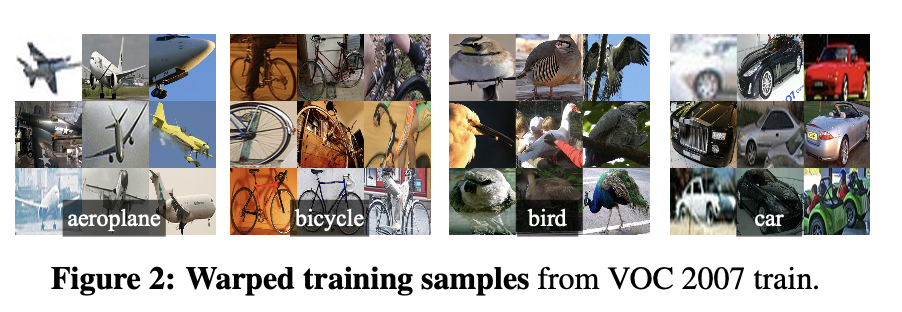Advancing Object Detection: Unveiling the Evolution of R-CNN
Understanding R-CNN:
Region-based Convolutional Neural Network (R-CNN) is a deep learning architecture utilized for object detection in computer vision tasks. It segments the task into three core modules, streamlining the process of identifying objects within images.
Three Modules of R-CNN:
- Region Proposal:
- R-CNN begins its process by segmenting the input image into multiple regions or subregions, which are commonly known as “region proposals” or “region candidates.” This initial step aims to produce a collection of potential regions within the image that are likely to contain objects of interest.
- Notably, R-CNN does not undertake the task of generating these proposals internally; rather, it relies on external methods such as Selective Search or EdgeBoxes for this purpose.
- For instance, Selective Search utilizes a methodology that involves merging or splitting segments of the image, leveraging various image attributes such as color, texture, and shape, to generate a diverse and comprehensive set of region proposals.
- Feature Extraction:
- The next step involves extracting approximately 2,000 regions, which are then anisotropically warped to a consistent input size compatible with the convolutional neural network (CNN) expectations, typically 224x224 pixels.
- Subsequently, these warped regions are passed through the CNN to extract features. Regardless of the size or aspect ratio of the candidate region, a tight bounding box is applied to warp all pixels to the required size uniformly.
- Before the warping process, the tight bounding box is dilated to ensure that
at the warped size, there are precisely p pixels of warped image context
surrounding the original box. Typically, a value of p = 16 is employed for
this dilation process. Wraped training samples

- Object Classification:
- The feature vectors extracted from the region proposals are directed into distinct machine learning classifiers dedicated to each object class of interest.
- R-CNN commonly employs Support Vector Machines (SVMs) for this classification task. For every class, a distinct SVM is trained to ascertain whether the region proposal contains an instance of that particular class.
- In the training phase, positive samples are representative of regions that encompass an instance of the class under consideration. Conversely, negative samples denote regions that do not contain such instances. This discrimination between positive and negative samples aids in the SVM’s learning process to accurately classify the region proposals during inference.
Bounding Box Regression and Non-Maximum Suppression (NMS):
- Bounding Box Regression: Apart from object classification, R-CNN incorporates bounding box regression as an essential component. For every class, an individual regression model is trained specifically to enhance the precision of object localization. This regression model works to refine the location and size of the bounding box surrounding the detected object. The bounding box regression mechanism aids in improving the accuracy of object localization by iteratively adjusting the initially proposed bounding box to align more closely with the actual boundaries of the object. This iterative refinement process enhances the overall performance of R-CNN by ensuring better alignment between predicted bounding boxes and the objects present in the image.
- NMS: Ensures final object detections by eliminating duplicate or overlapping bounding boxes, retaining only the most confident predictions.
Challenges with R-CNN:
- Time-Intensive Training: Processing 2,000 region proposals per image leads to prolonged training times. Real-time
- Implementation Barrier: High computational demands hinder real-time object detection, limiting practical applications.
- Fixed Region Proposal Algorithms: Lack of adaptability in region proposal generation may yield suboptimal results, affecting overall detection performance.
Proposed Solution: Introducing Fast R-CNN and Faster R-CNN:
- Fast R-CNN: Addresses efficiency issues by integrating region proposal and feature extraction stages into a single network, reducing computational overhead.
- Faster R-CNN: Further enhances speed and accuracy by introducing a Region Proposal Network (RPN) that learns to generate region proposals alongside feature extraction.
